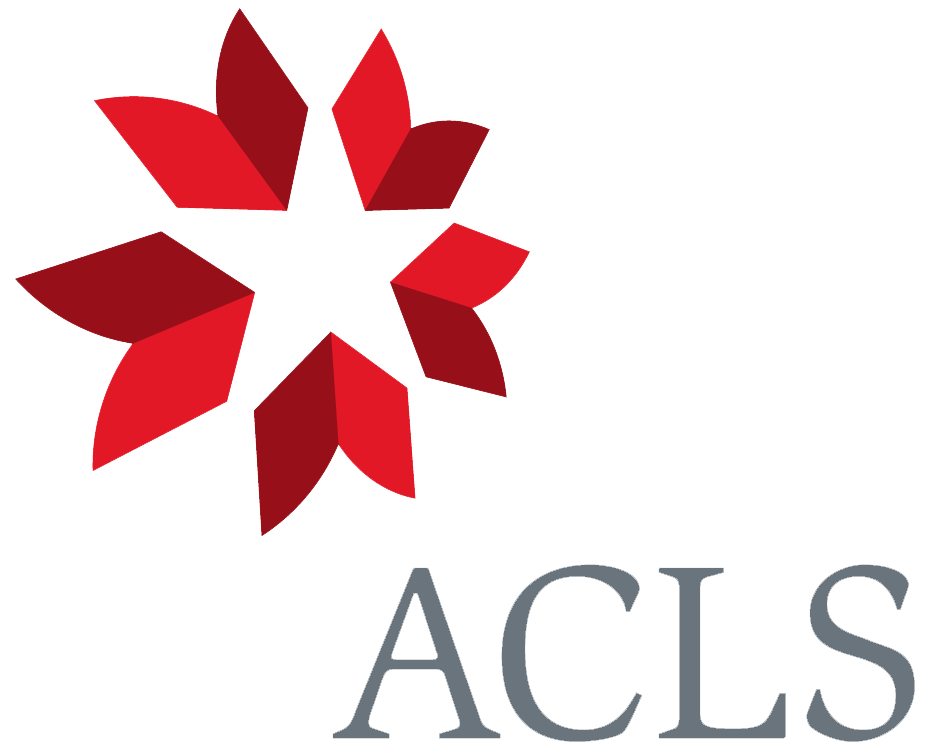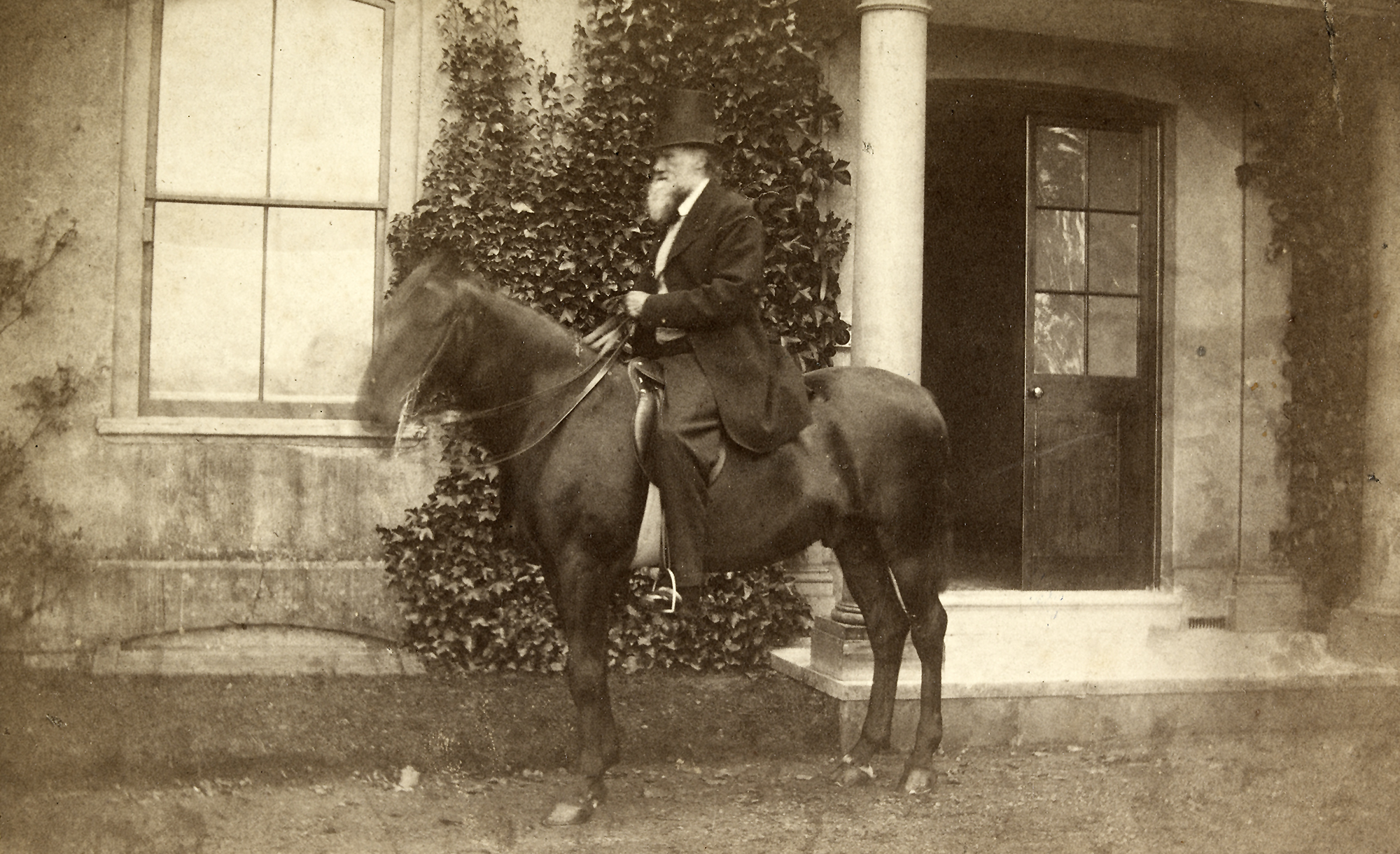Mainly concerned with entomological specimens CD has recently captured. Three figures of beetles are included.
Spent preceding day with Henslow; much to be done. A friend, Alexander Charles Wood, has written to Capt. FitzRoy about CD. Peacock offered appointment as Beagle naturalist first to Leonard Jenyns, who almost accepted, as did Henslow himself. CD will talk to Capt. Francis Beaufort [Hydrographer] and FitzRoy. Thanks all his family.
Acknowledges CD's letter about alpine entomology of Tierra del Fuego; discusses geographical distribution; urges CD to make a chart of vegetable and geological distribution of insects. Advises him on species to collect and assures him of all assistance in describing his captures on his return.
Tells of founding of Entomological Society, and enrolls CD.
News of J. F. Stephens' lawsuit and continuation of his Illustrations of British entomology [1827-46]. Praises general state of zoological science in England.
On fossils ([Megatherium], etc.), plants, shells sent and new ones found; geological observations. Asks for help in understanding cleavage and planes of deposition.
A new species of ostrich. Cites differences in size, colour, nidification, and geographical distribution.
Replies to CD's letter [250], giving news of himself and mutual friends.
Sends CD large beetles from Chiloé.
Describes an earthquake at Caucague.
Gives exact location and measurements of two blocks of granite; has seen and heard of others; will report if he surveys the Potrero on Chiloé.
Thanks JSH for copies of "Extracts from letters addressed to Professor Henslow by C. Darwin, Esq." [privately printed for Cambridge Philosophical Society; Collected papers 1: 3-16].
The family is sensible how much CD owes to JSH, and RWD is highly gratified by CD's success.
CD's fame is spreading: she quotes Henslow ["Letters to Professor Henslow" (1835), Collected papers 1: 3-16], and a passage in the Athenæum.
Adds news of family and friends.
Keeling Islands, his first coral lagoons; he has been occupied with subject of coral formation for six months.
Very busy at sea rewriting old geological notes. Has difficulties with writing.
FitzRoy has proposed joint account of the journey, combining CD's journal with his own.
Looks forward with anxiety to Henslow's reaction to the geological notes.
Describes CD's visit to Maer on his return from Beagle voyage.
Darwin Correspondence Project
darwin@lib.cam.ac.uk
© University of Cambridge 2022
Website by Surface Impression



© 2024 University of Cambridge
